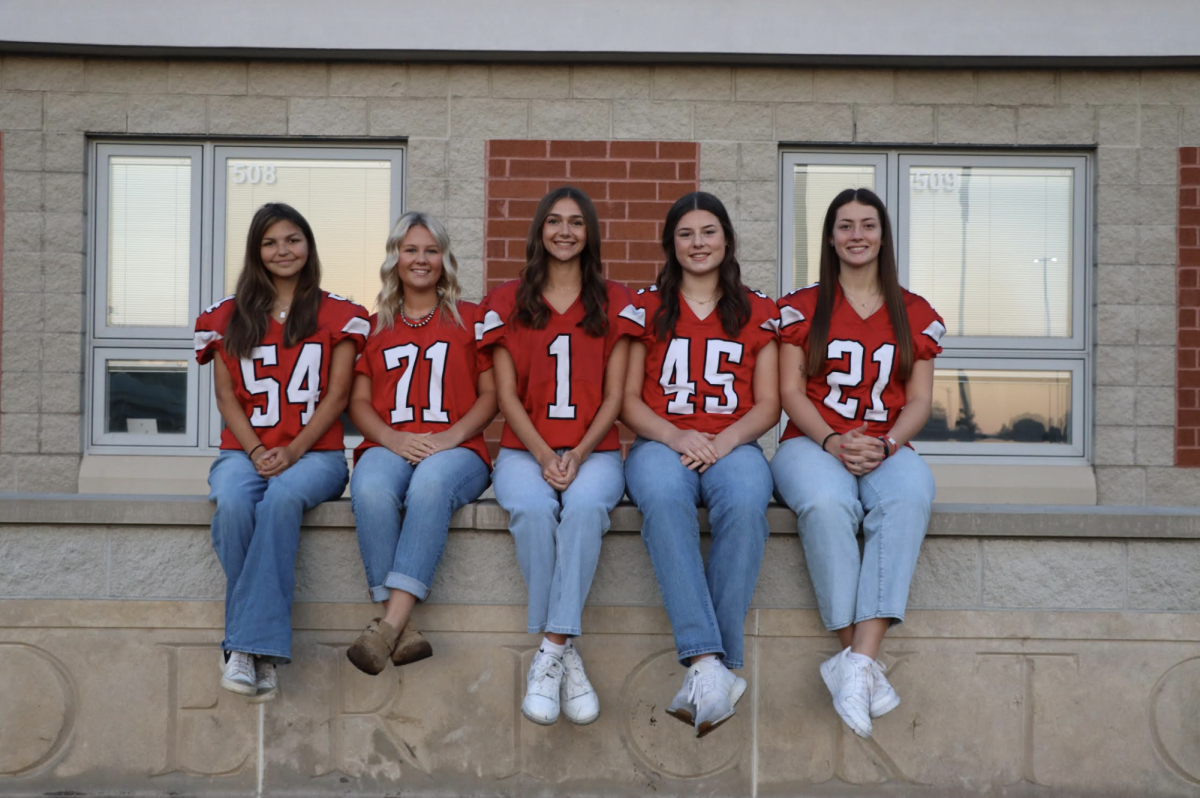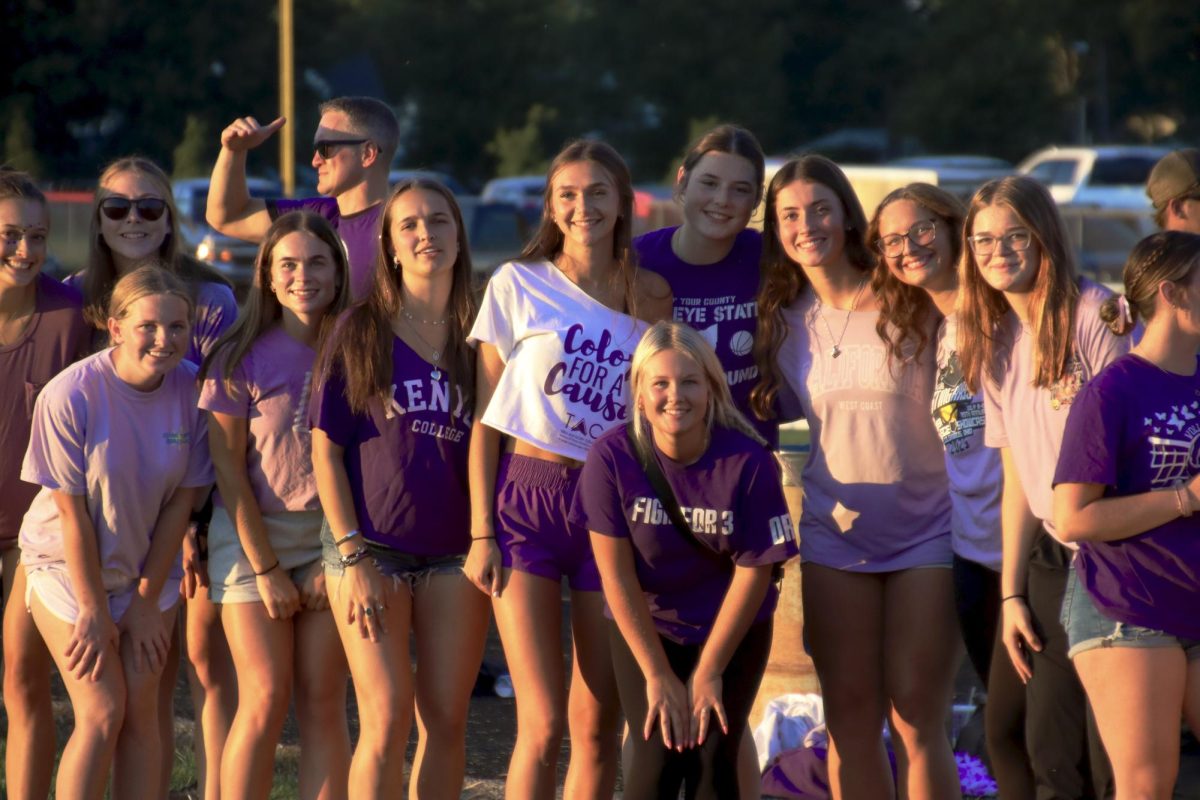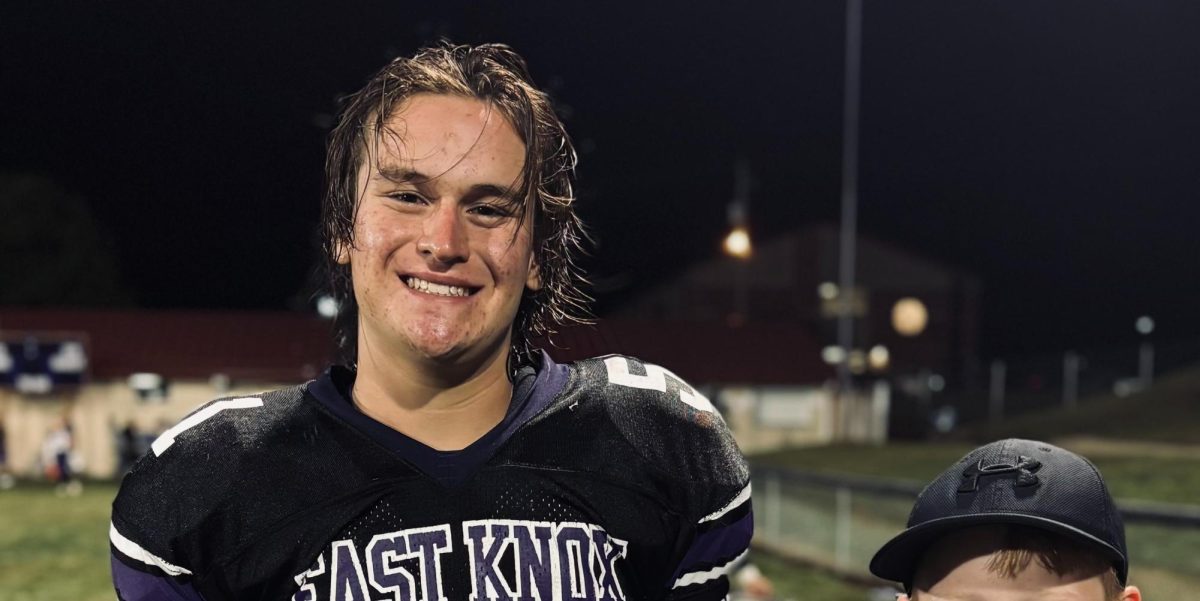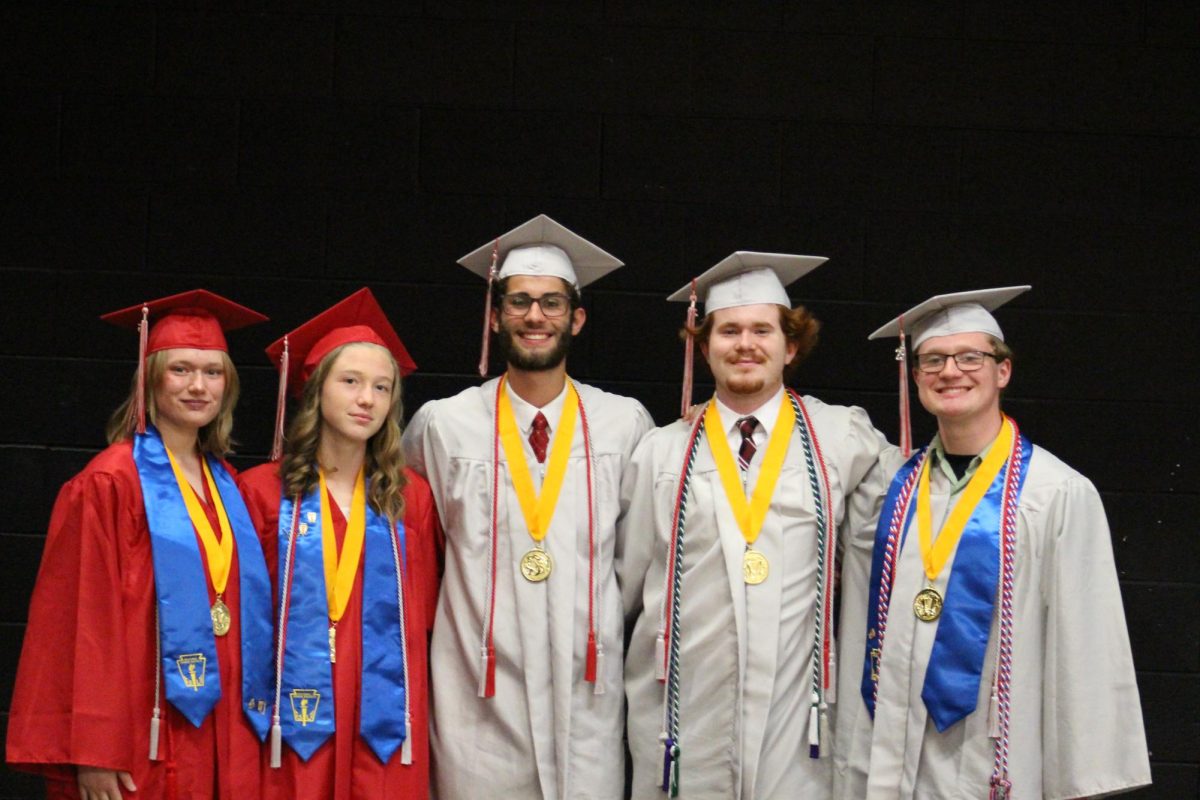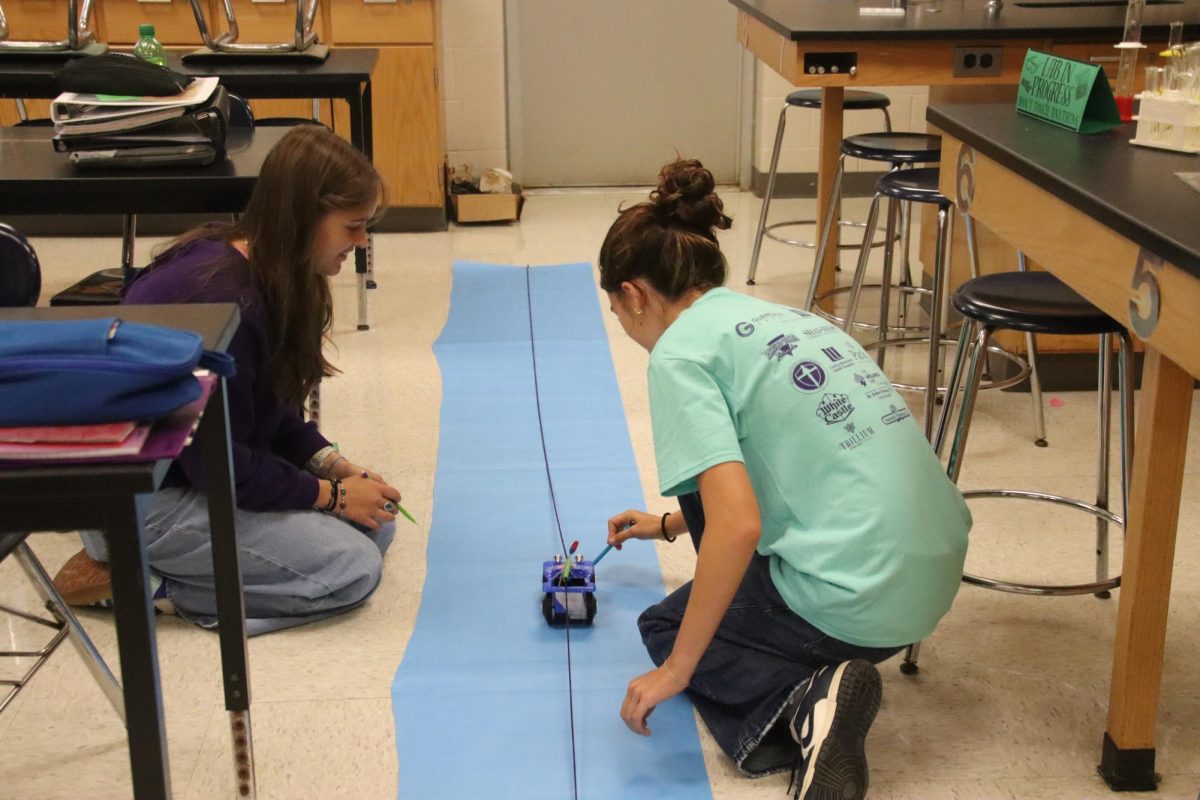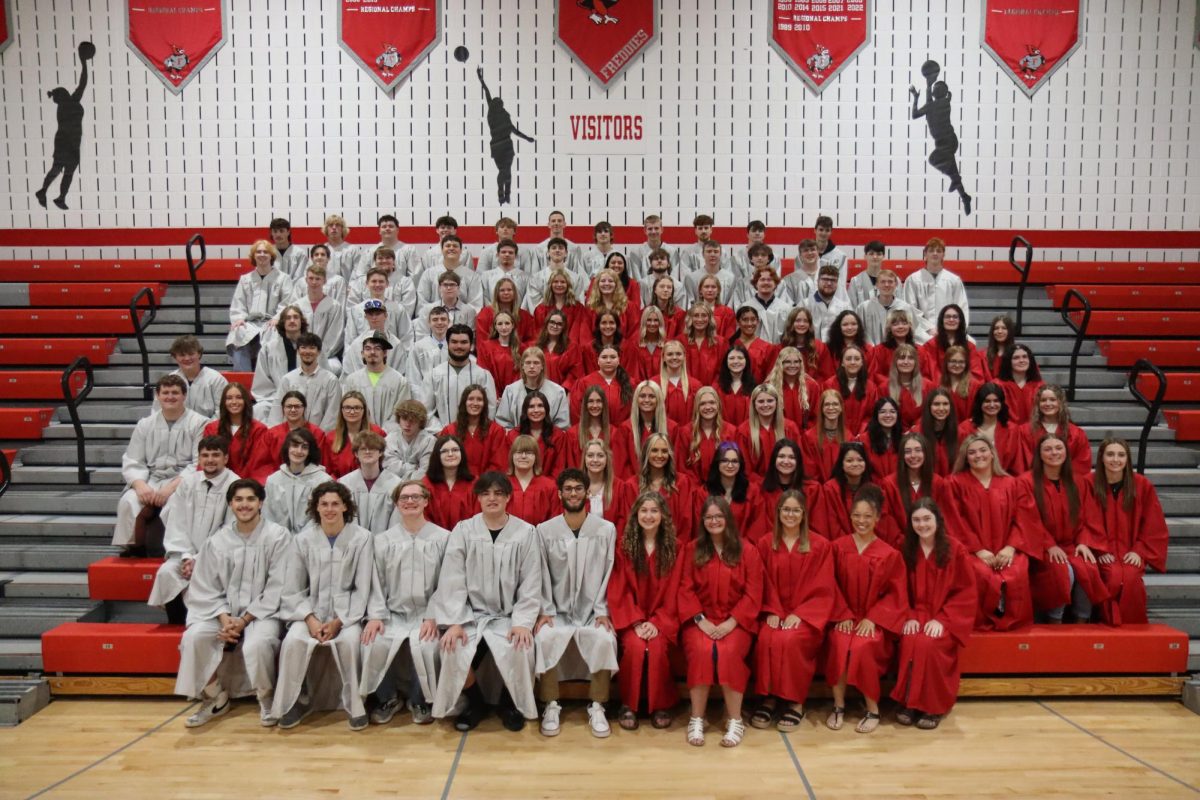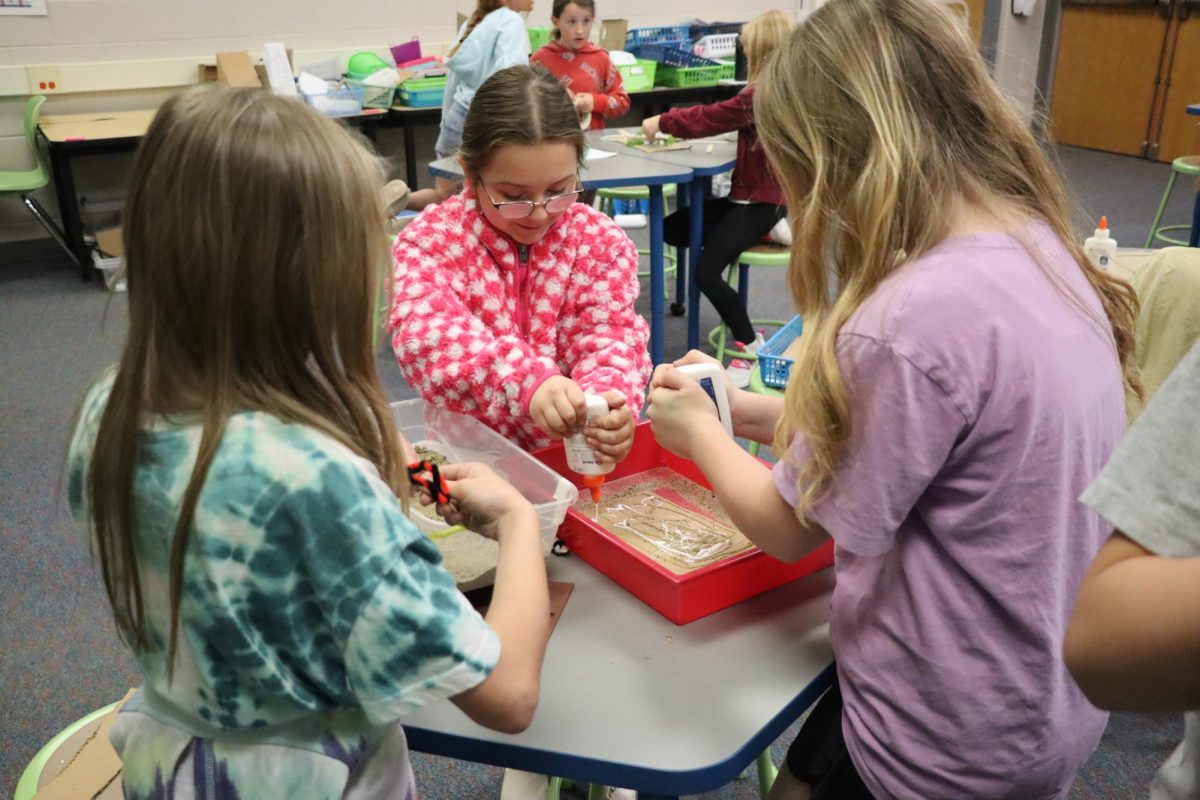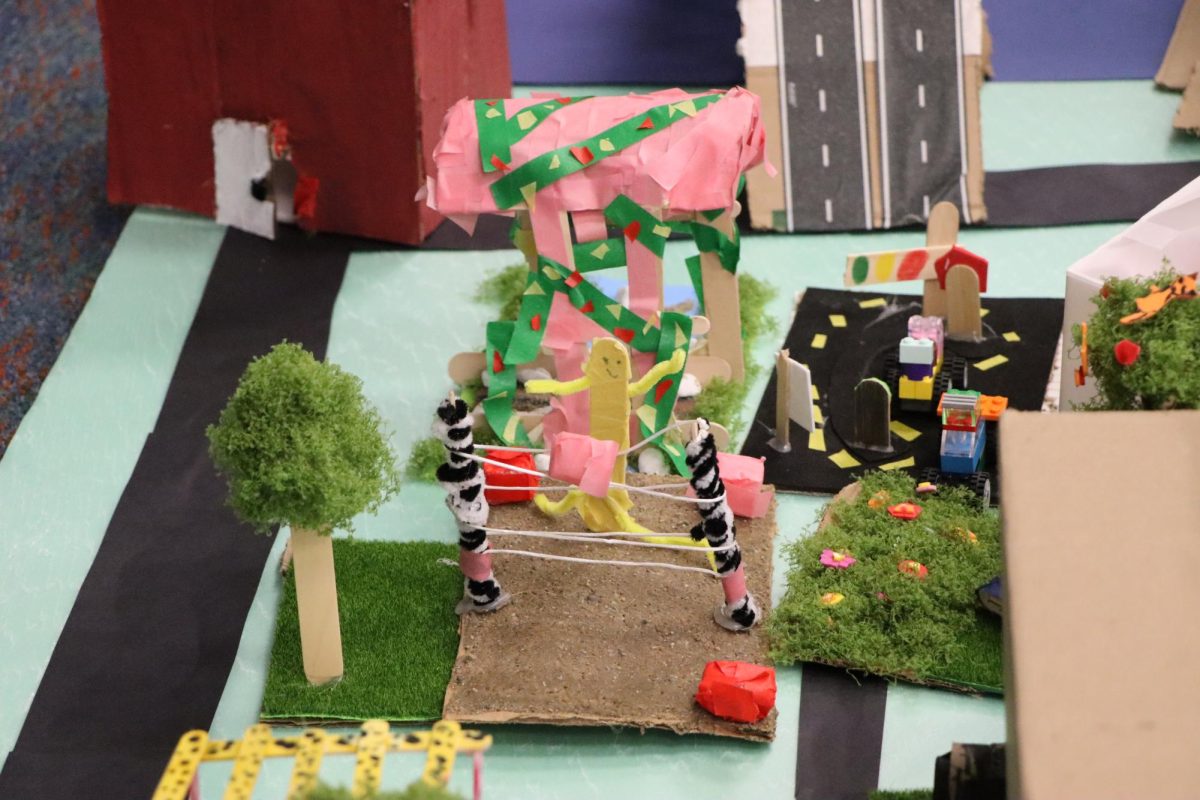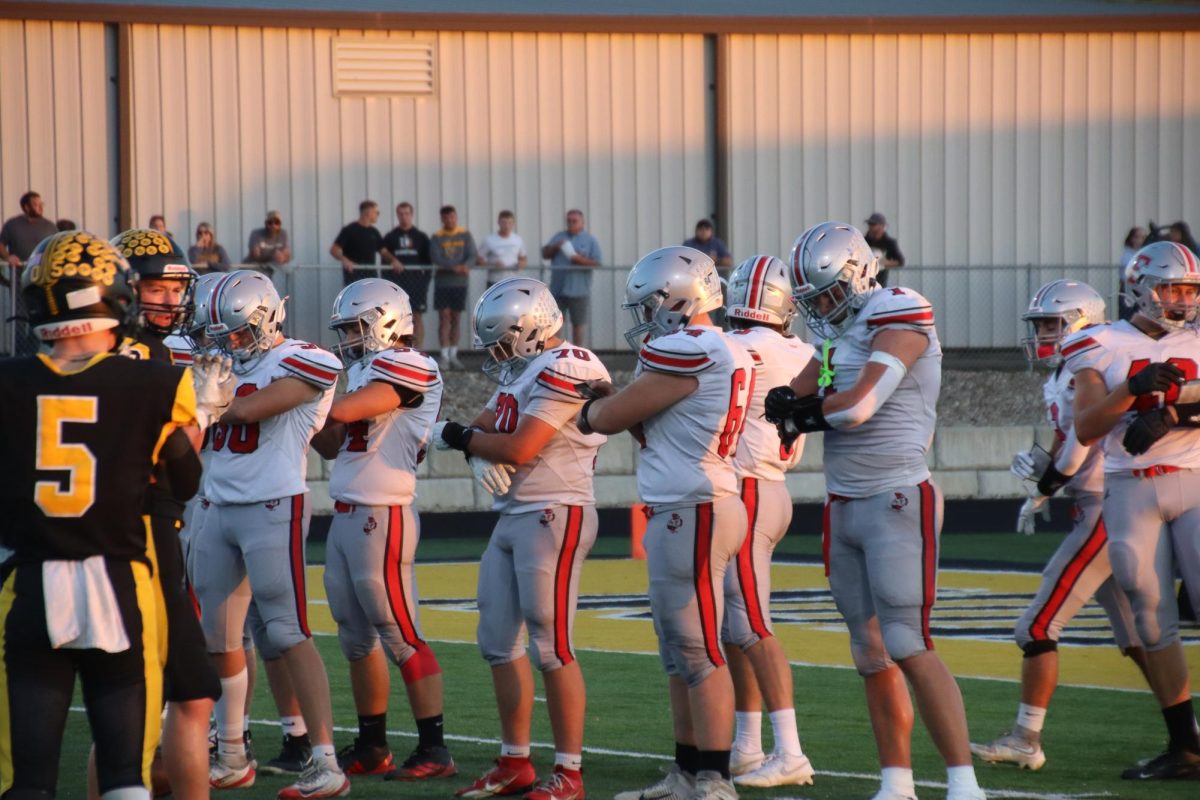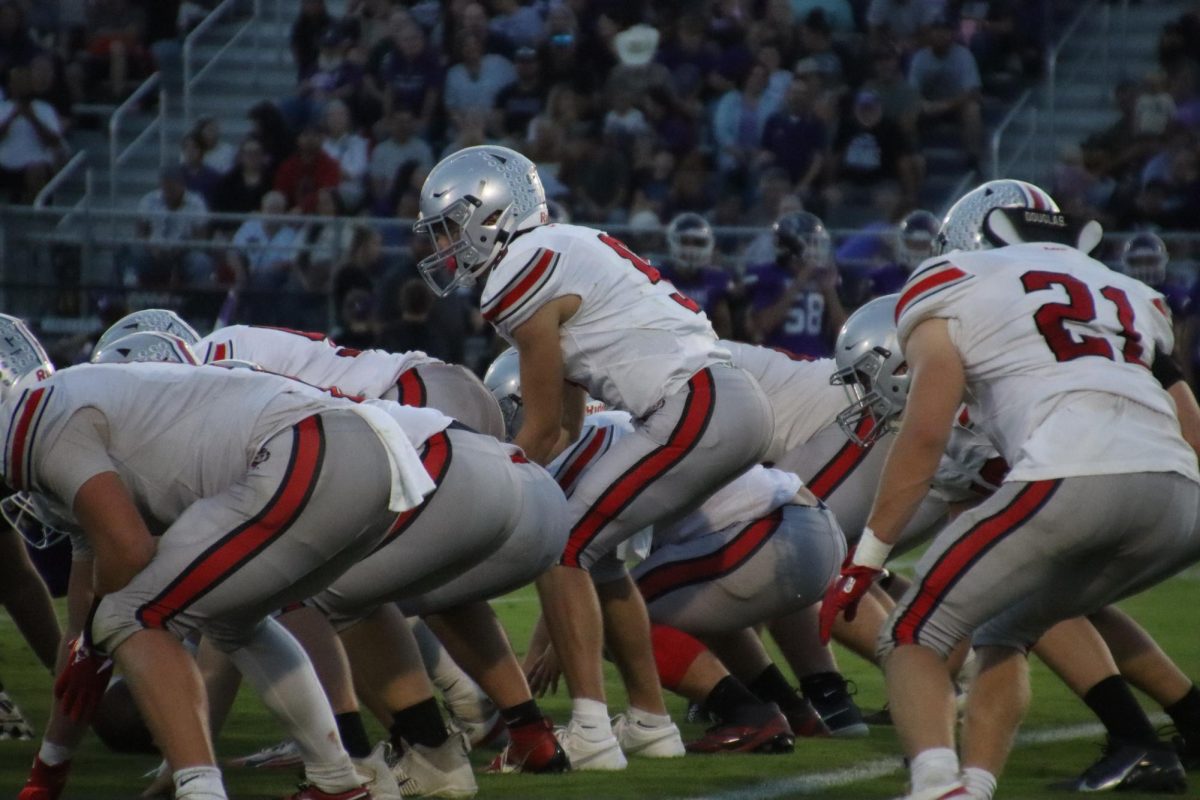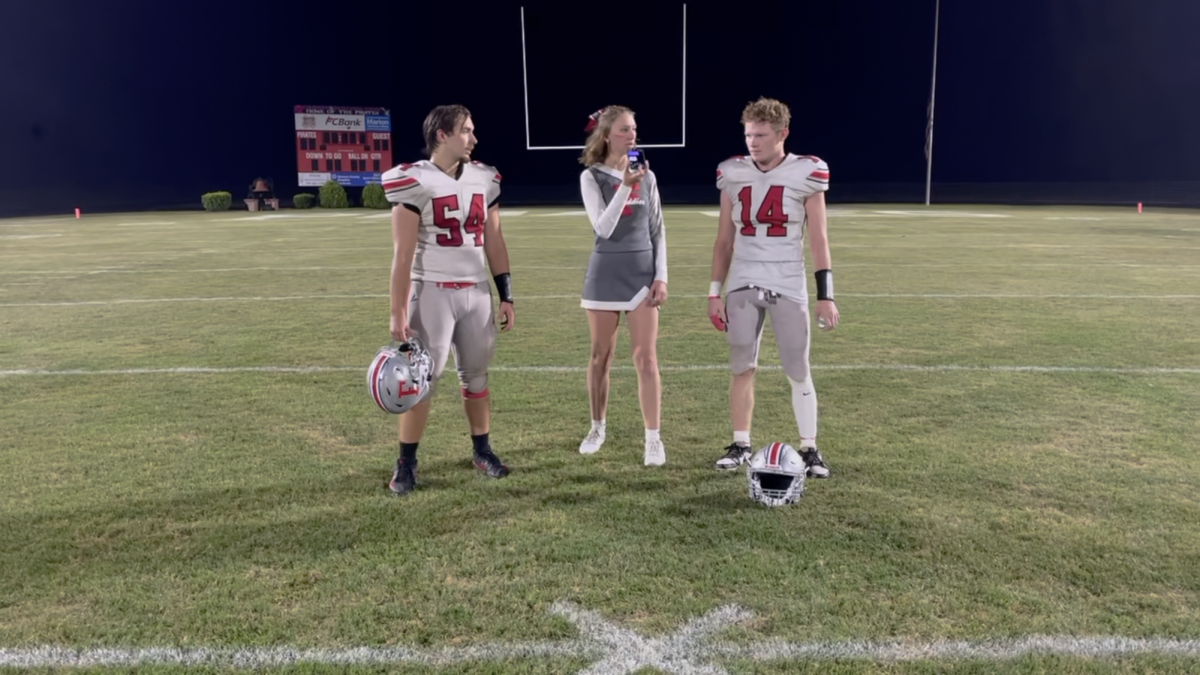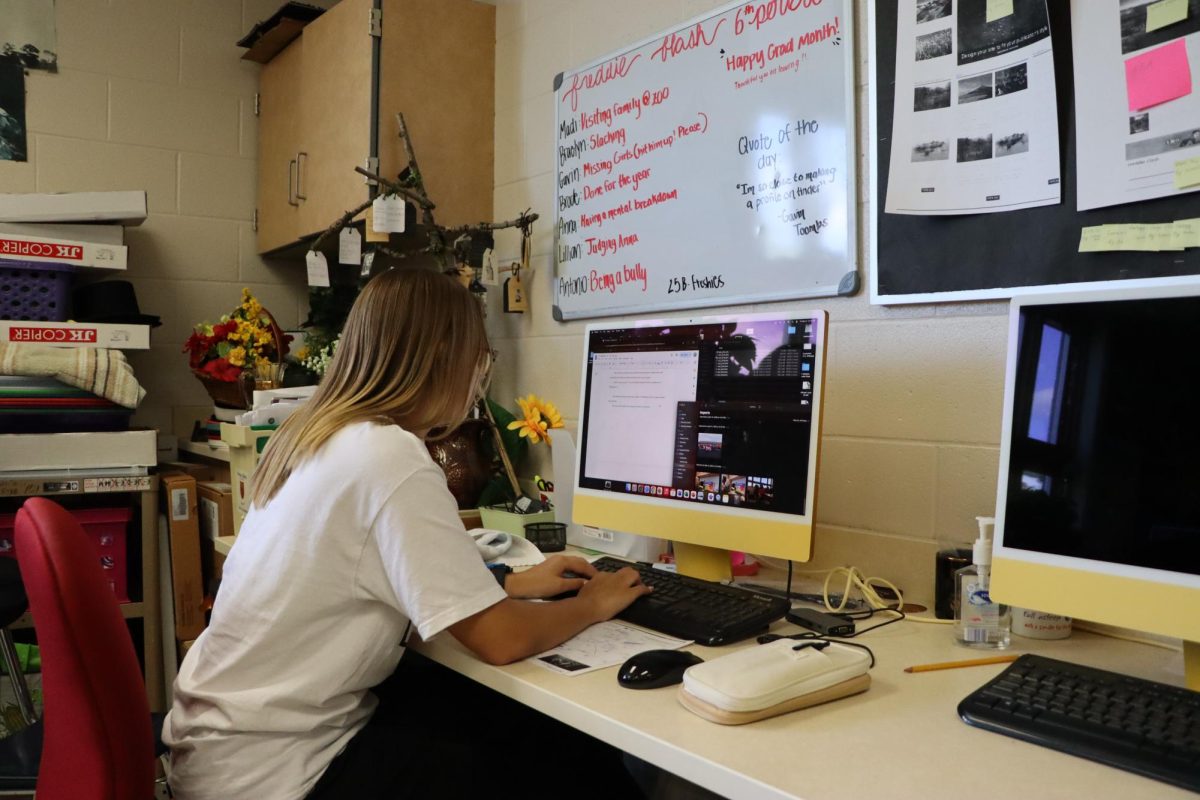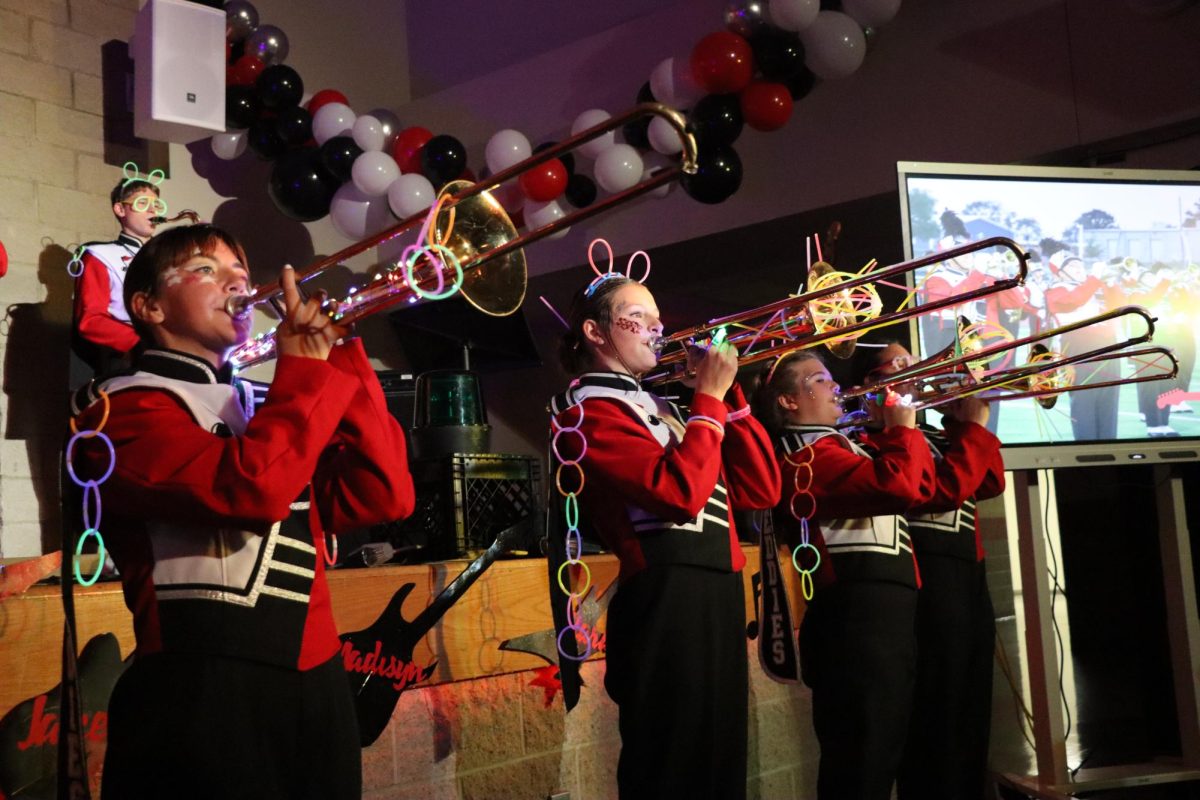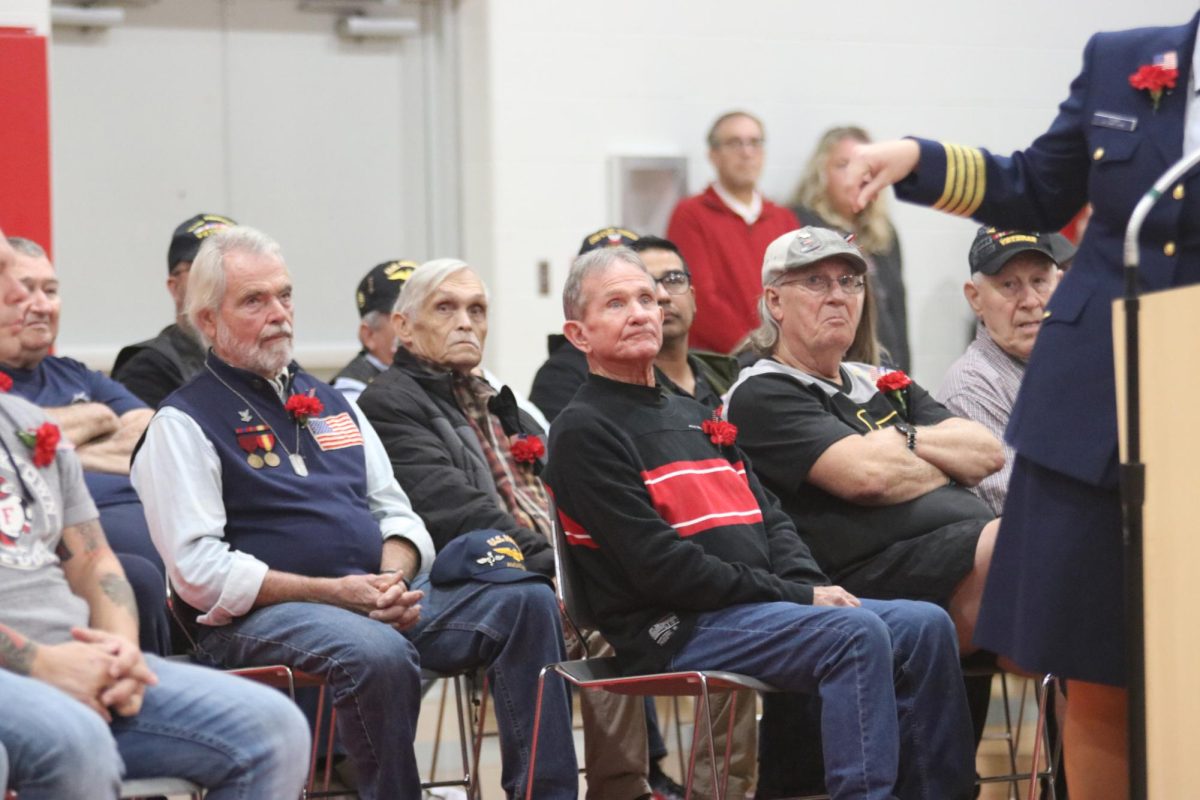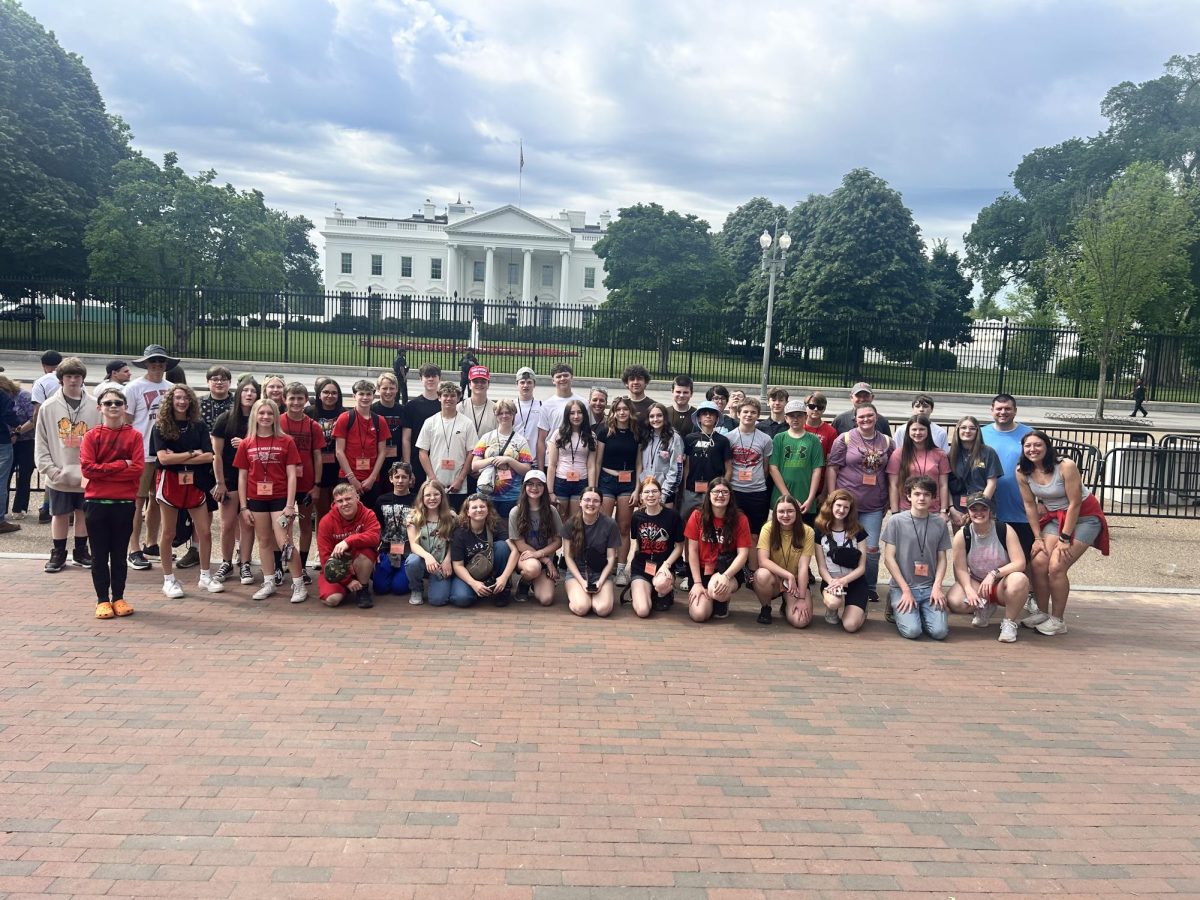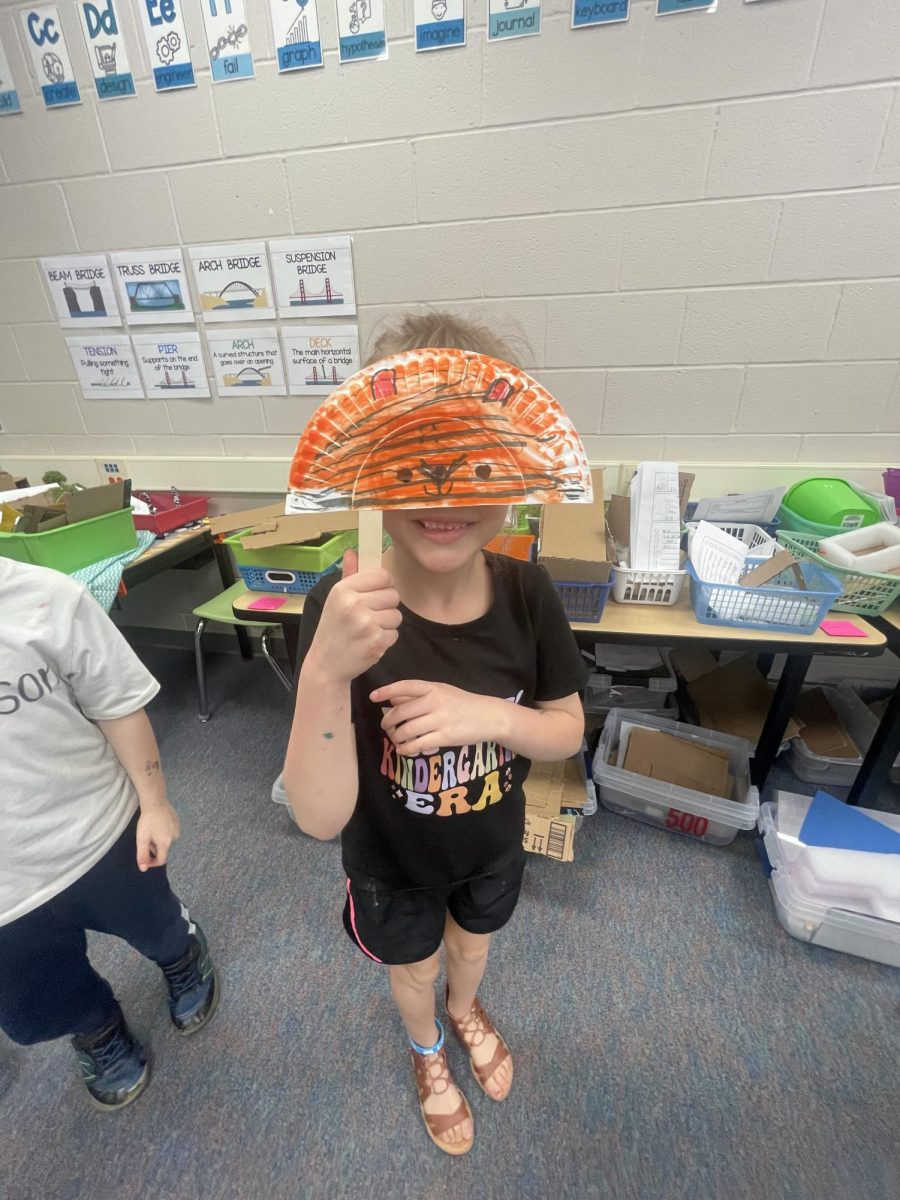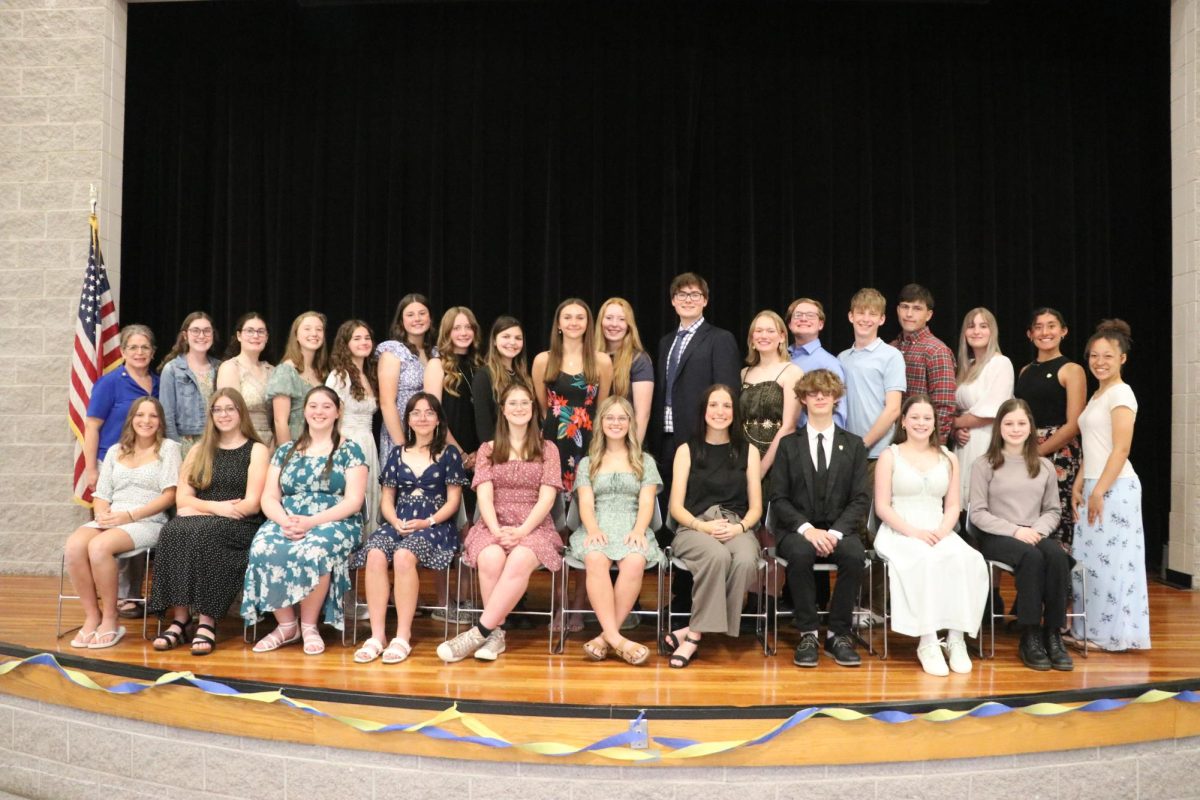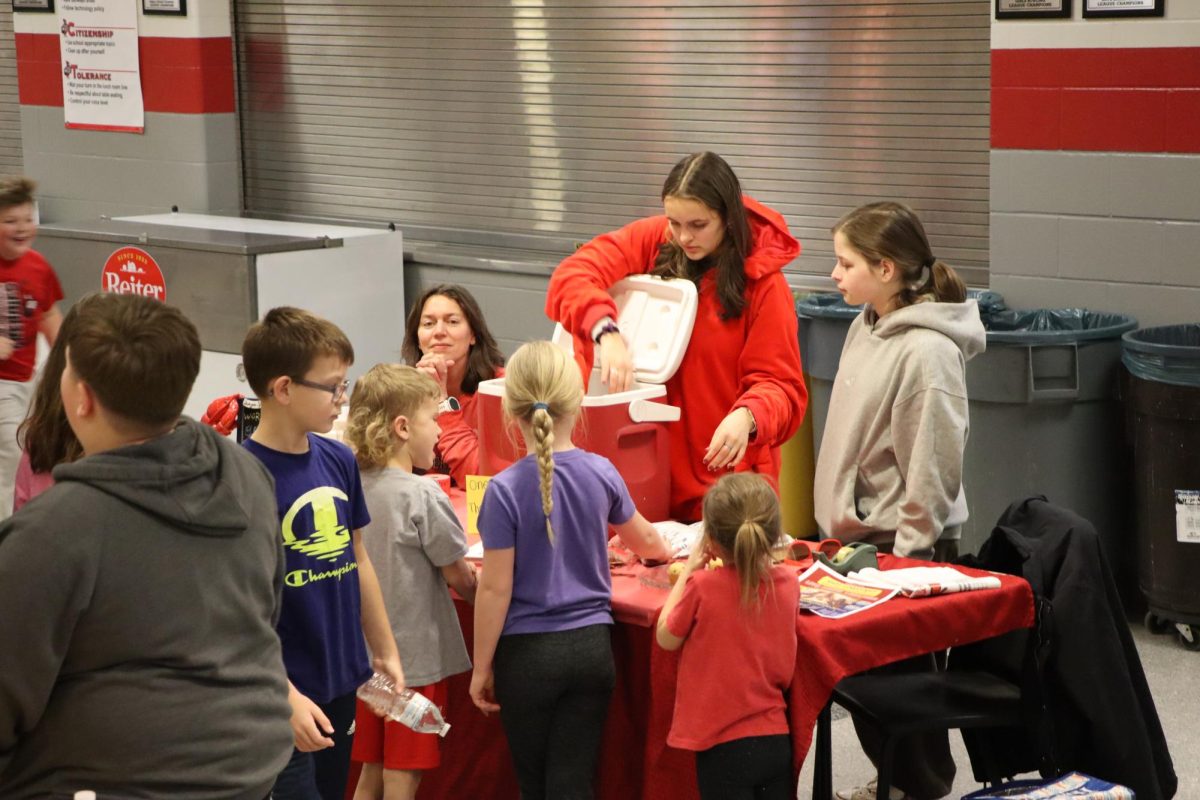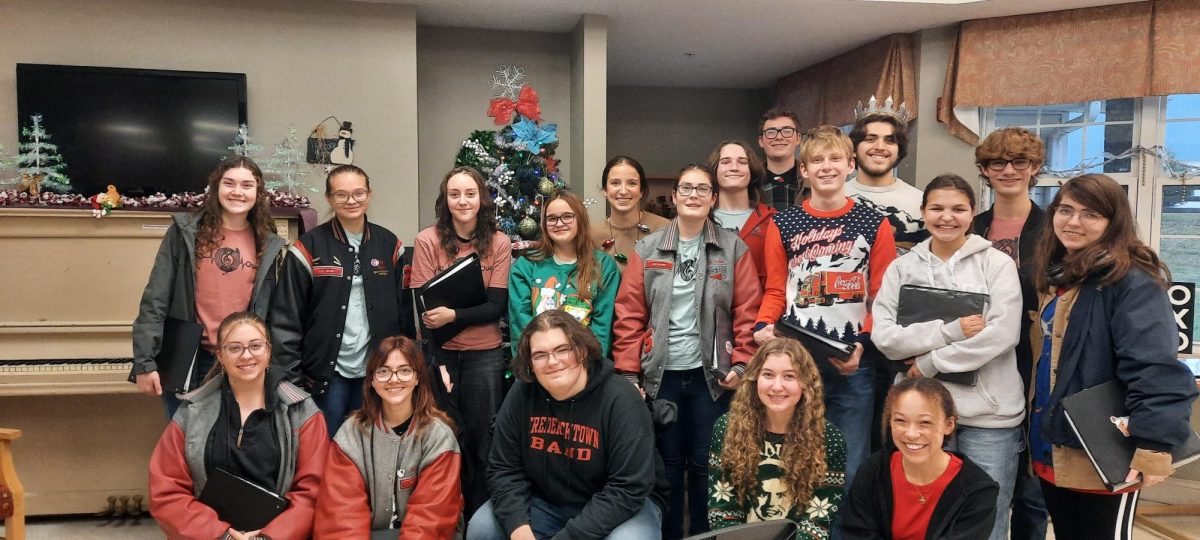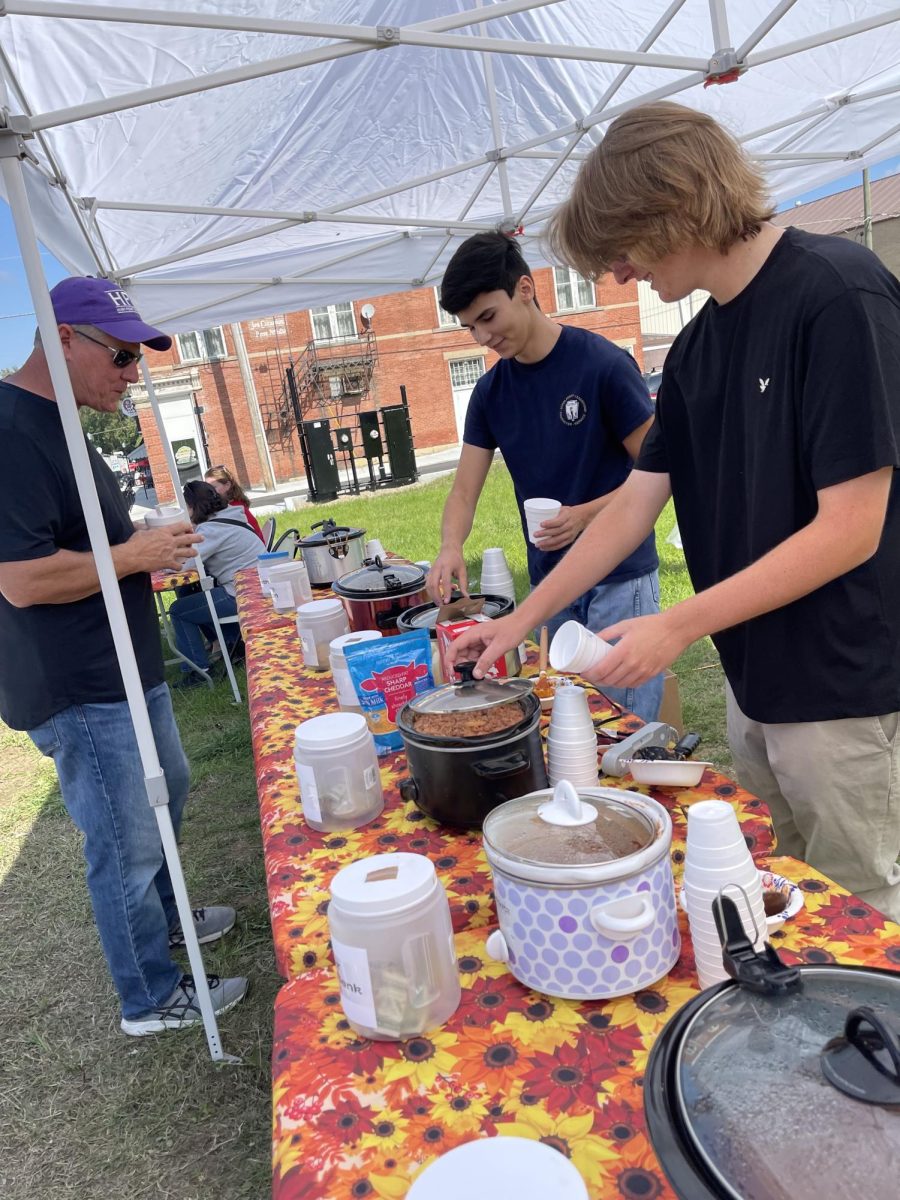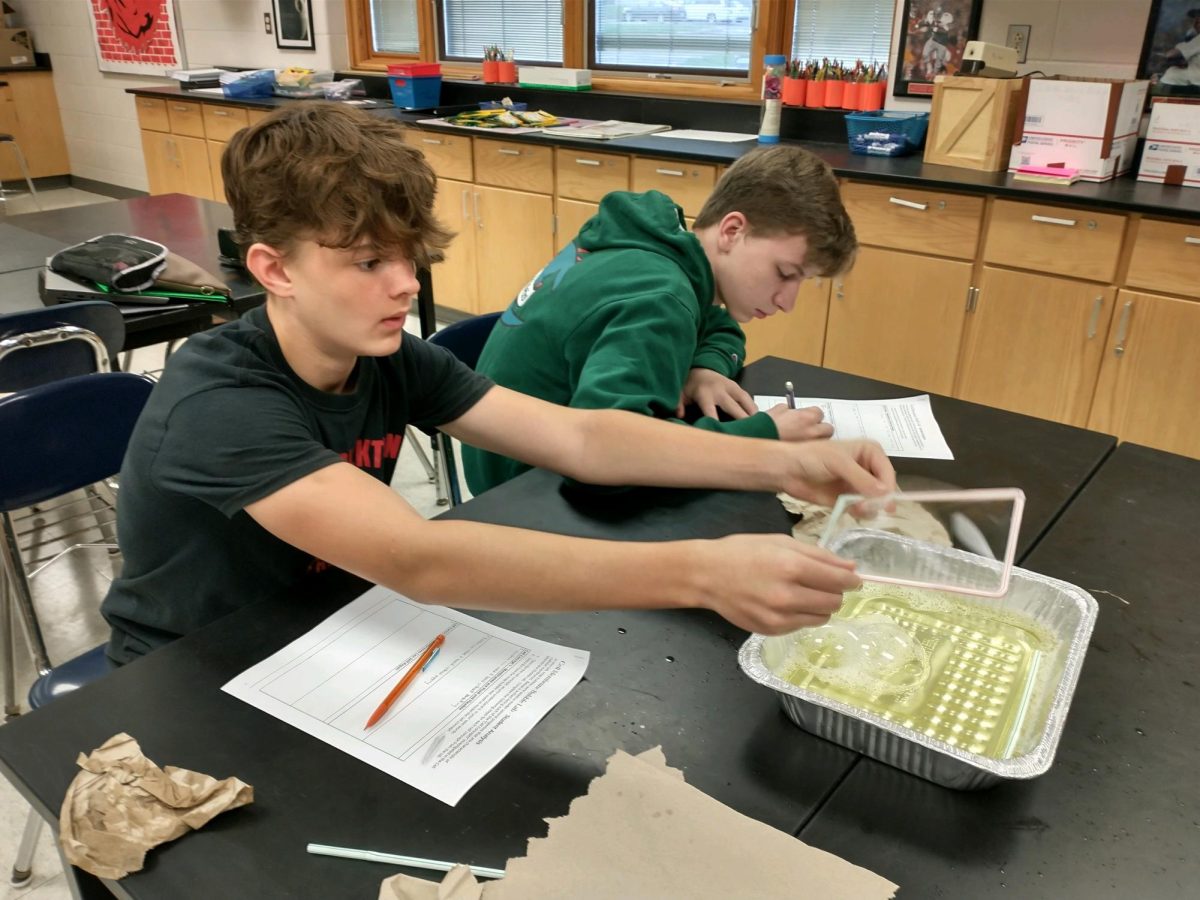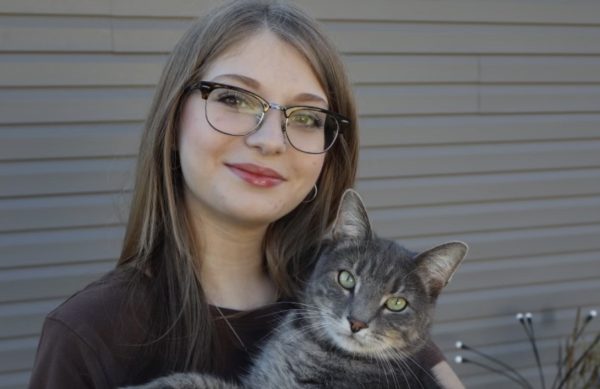Playing with bubbles isn’t just for kids. In Mr. Berry’s biology class, groups used bubbles to replicate a cell membrane.
Each group had 6 concepts to record.
The first experiment was membranes are fluid and flexible because they can bend and flex to adapt to their changing conditions. (View images 1 & 2)
The second was to show membranes can self repair. The attraction between phospholipids allows cell membranes to repair small breaks in the bilayer. (View images 3 & 4)
The third used Eukaryotic (all animals, plants, fungi, and most unicellular organisms) cells to feature membrane-bound organelles that create specialized compartments within a single cell. (View images 5, 6, & 7)
The fourth experiment showed membrane proteins perform special functions. Some specialized proteins embed in the bilayer give the membrane unique properties. For example, channel proteins form a passageway for large/electrically charged molecules to easily pass through the membrane. (View images 8 & 9)
The fifth experiment proves gap junctions aid transport between animal cells. Gap junctions form between neighboring animal cells, allowing their cytoplasms to connect directly. Gap junctions allow for the rapid transit between ions and small molecules between adjacent animal cell membranes. (View images 10 & 11)
The sixth and final experiment demonstrated how many bacteria cells reproduce through binary fission. Some single-celled bacteria reproduce by splitting into two, which is known as binary fission. In binary fission, bacteria cells divide when a thin ring of proteins located at the cells midpoint contracts. (View image 12)


